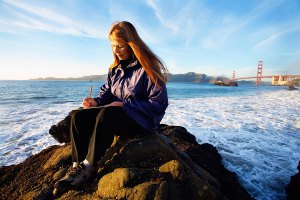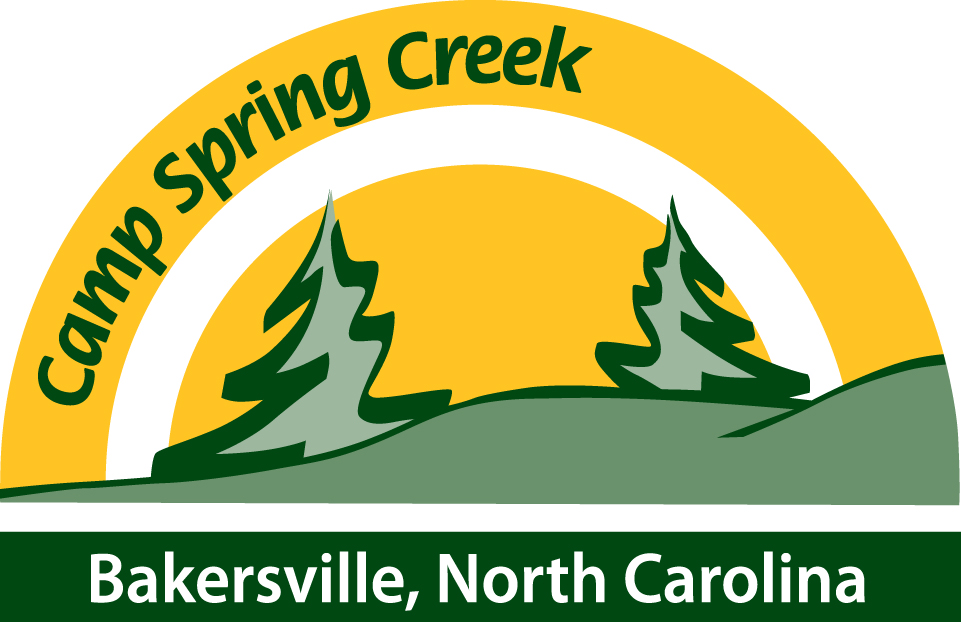 Continuing our series of interviews with inspiring individuals, we reached out to Mimi Koehl. Professor Koehl didn't learn she was dyslexic until age 45, when the locks to her lab at UC Berkley were changed from a standard lock and key to a coded keypad. She tried and tried to get into her lab and was routinely locked out. Friend and fellow scientist Jack Horner (also interviewed by Camp Spring Creek, right here), had previously suggested Professor Koehl might be dyslexic. After testing, Dr. Koehl found out that, indeed, she was dyslexic.
Continuing our series of interviews with inspiring individuals, we reached out to Mimi Koehl. Professor Koehl didn't learn she was dyslexic until age 45, when the locks to her lab at UC Berkley were changed from a standard lock and key to a coded keypad. She tried and tried to get into her lab and was routinely locked out. Friend and fellow scientist Jack Horner (also interviewed by Camp Spring Creek, right here), had previously suggested Professor Koehl might be dyslexic. After testing, Dr. Koehl found out that, indeed, she was dyslexic.
Mimi Koehl, a Professor of Integrative Biology at the University of California, Berkeley, earned her Ph.D. in Zoology at Duke University. Professor Koehl is a member of the National Academy of Sciences and the American Academy of Arts and Sciences. Her awards include a MacArthur “genius grant,” a Presidential Young Investigator Award, a Guggenheim Fellowship, the John Martin Award, the Borelli Award, the Rachel Carson Award, and the Muybridge Award. She studies the physics of how organisms interact with their environments, focusing on how microscopic creatures swim and capture food in turbulent water flow, how organisms glide in turbulent wind, how wave-battered marine organisms avoid being washed away, and how olfactory antennae catch odors from water or air moving around them.
Camp Spring Creek: When young college students are asked to choose a path in life, art and science are often perceived at opposite ends of the spectrum. As a young woman, you were pushed to pursue art and education, but quickly learned your passion lay with the sciences. But when you speak about the micro marine organisms that you study, your passion and imagination shine forth--often with vivid, visual descriptions that could easily translate into artwork. Do you still pursue the arts? Can you speak a little bit about the connections you find between these two seemingly opposite fields?
Dr. Koehl: I see two similaritities between what artists and scientists do. One is that we are all careful observers of the world around us. Scientists, however, have invented special instruments that enable us to observe things that we could not see just with our eyes. The other similarity is that both scientists and artists deal with abstractions that capture and simplify the important essence of something. Artists do this with paintings and sculptures, while scientists do this with theories and mathematical equations about how things work. Although both artists and scientists can be passionate about their work, scientists have to follow rules of evidence and hypothesis testing to make sure that the answers to their questions are objective. In contrast, art is very subjective. I have poured all of my creative energy into science, so I no longer do art...but maybe I will pick up art again in the future if I ever retire from doing science.
CSC: When you asked the folks at UC Berkley to provide you with a metal lock and key to your lab, after you proved you were dyslexic, how did they respond?
Dr. Koehl: The Americans with Disabilities Act applies to those of us with "learning disabilities" as well as to people with physical diabilities. Therefore, the university had to give me a metal key to my lab. That key for me is like a wheelchair ramp for people who can't walk.
CSC: You taught yourself many "survival skills" to get through the education system as a young girl. Your father shared many tips and techniques with you as well. Knowing what you know now, are there any everyday habits or "go-to" tools you use to make your work as a scientist and teacher more efficient?
Dr. Koehl: There are many, but I will just share a few simple ones…If you can't read things on a computer screen, print them out and then use the bookmark to help you read them. When writing equations, always leave lots of space around them so you can see what terms are in the numerator or denominator, which things are in parentheses, and which things are exponents. Then, use a different color to write the units for each term of the equation. Then, cancel the units and make sure when you are done that the units for the right side of the equation are the same as for the left side of the equation. If they are not, start over rather than getting muddled by the equation you have written that is wrong. Use lots of colored pens and highlighters and Post-Its to color-code your folders, notes, etc., so that you can find what you are looking for on a page or in a pile of papers without having to re-read them (which can take forever). Do not be messy. Keep all your papers and notes organized so you don't have to try to re-read them whenever you need to find something. Allow yourself LOTS of time to get something done. We dyslexics are very slow if reading is involved in a task. It is easier to understand a scientific principle and then use it to answer questions on an exam (or in real life) than it is to try to memorize all those words in the textbook.
CSC: Has learning about your own dyslexia changed the way you instruct others? If so, please share a specific example with us.
Dr. Koehl: Dyslexics are very good at visualizing things in 3-D and in seeing how they change over time. I have tried to use this ability to design visuals (diagrams, videos) to use in my teaching to explain scientific concepts to my students. I have also found that if I organize my slides, blackboard notes, and handouts so that they are easy to sort out by a dyslexic, then they are also easier to use for normal students as well.
Want more? Check out this creative interview with Mimi at I Was Wondering and her inspiring presentation at Dyslexic Advantage.
